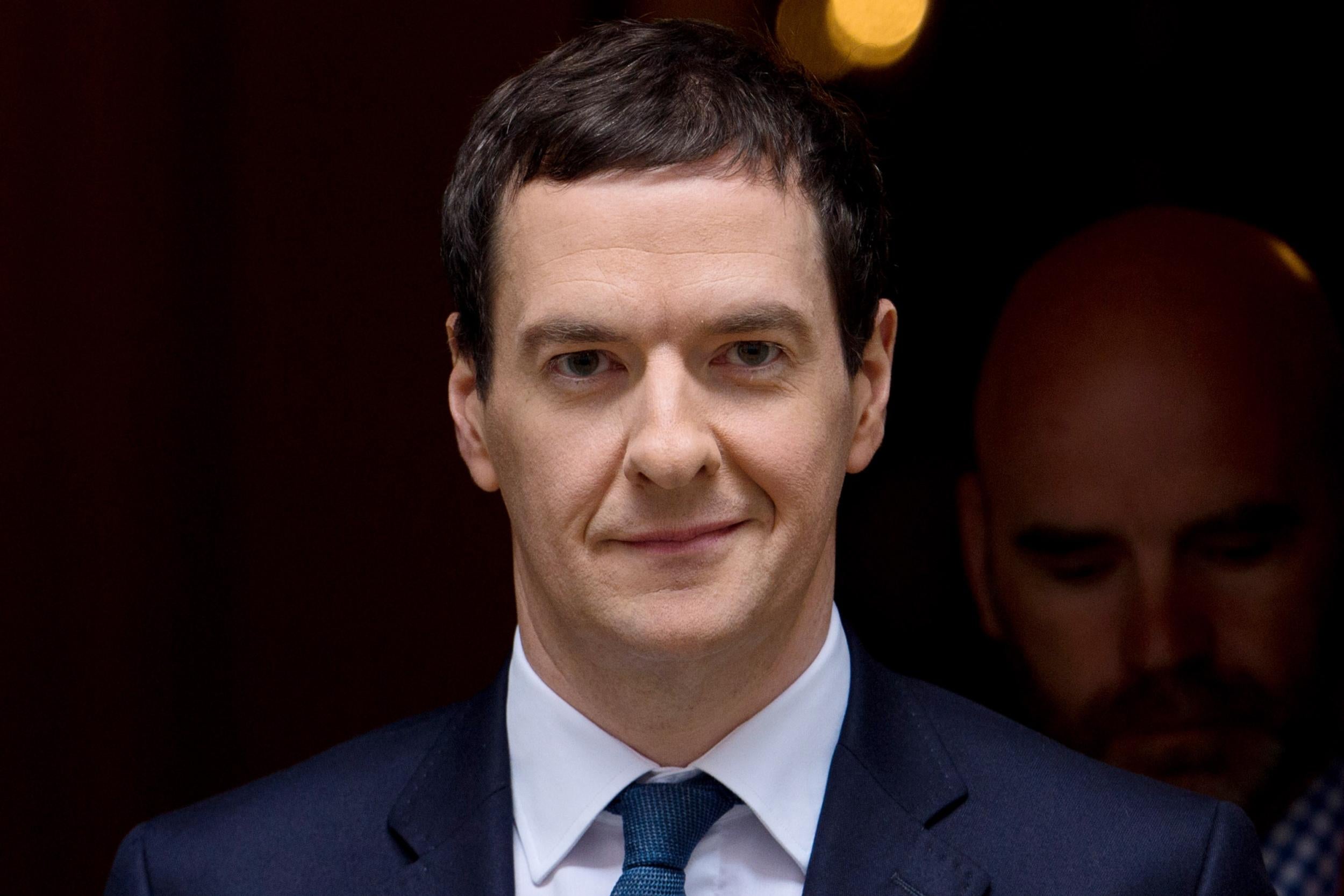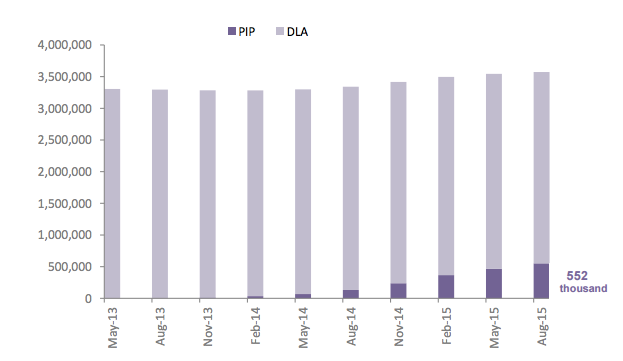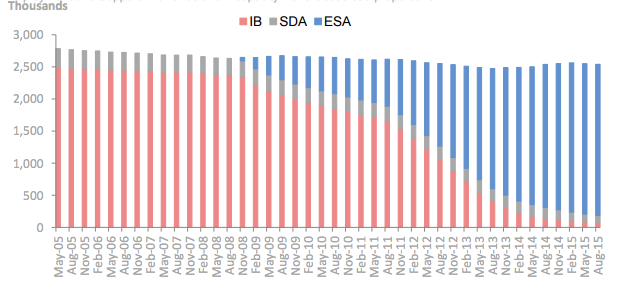These disabilities afflict 3 million Brits: who could want to cut their benefits?
Osborne planned to take money away from Brits with arthritis, learning difficulties, mental disabilities or a catalogue of illnesses.

Your support helps us to tell the story
From reproductive rights to climate change to Big Tech, The Independent is on the ground when the story is developing. Whether it's investigating the financials of Elon Musk's pro-Trump PAC or producing our latest documentary, 'The A Word', which shines a light on the American women fighting for reproductive rights, we know how important it is to parse out the facts from the messaging.
At such a critical moment in US history, we need reporters on the ground. Your donation allows us to keep sending journalists to speak to both sides of the story.
The Independent is trusted by Americans across the entire political spectrum. And unlike many other quality news outlets, we choose not to lock Americans out of our reporting and analysis with paywalls. We believe quality journalism should be available to everyone, paid for by those who can afford it.
Your support makes all the difference.After a ten-day row, one chunk of disability benefits have been saved from George Osborne’s clutches – for now.
The Chancellor has been forced to abandon his plans to cut one of the two major benefits available to the disabled.
Osborne’s plans would have cut the benefits of 370,000 disabled people by £3,500 per year, according to the Institute of Fiscal Studies.
But what do we mean by ‘the disabled’? Who receives disability benefit and why?
Three million Brits receive the type of disability benefit Osborne wanted to cut, which is unrelated to work, non-means tested and used to help with living costs.
These benefits are paid through something known as the ‘Disability Living Allowance’, although a new scheme called the ‘Personal Independence Payment’ is gradually replacing it.

Taken together, around three and a half million Brits receive benefits on one of the two schemes (as the graph above shows). But detailed data is only available for DLA, which covers just over three million recipients.
They can be broadly divided into three categories.
Nearly a million Brits have arthritis or a form of muscle or back pain, and most of them are pensioners, with just 1 per cent of them under the age of 16.
Another 900,000 or so have one of a catalogue of illnesses: a neurological, heart or chest disease; a problem with the supply of blood to the brain: Parkinson’s or dementia; blindness or deafness; epilepsy; MS; diabetes; malignant disease or chronic fatigue… to name but the most common.
And the other million have a disability whose effects are mental (although mental illness arguably has physical causes no less strong than those above).
You can sort the table below to see which illnesses affect how many people, and how the affect under 16s, those of working age, and pensioners.
A quarter of a million people have psychosis or are thought to be ‘severely mentally impaired’. 150,000 have been given the less severe diagnosis of ‘psychoneurosis’ and 19,000 Brits are considered to have a personality disorder.
The other half a million or so whose disability is primarily mental are mainly those with learning difficulties. More than 450,000 Brits receive benefits for a learning difficulty, with 38 per cent of them under the age of 16.
'Learning difficulties' is an amorphous term. Typically a 'learning difficulty' refers to those who struggle with learning but whose IQ is unaffected, while a 'learning disability' is more severe.
But given that an estimated 350,000 Brits have severe learning disabilities, whether from causes like Down's syndrome and cerebral palsy or other reasons, it's likely that those receiving disability benefit for a 'learning difficulty' are often suffering from an illness stronger than mild dsylexia or dsypraxia.
It's been estimated that more than 200,000 Brits suffer from severe or profound learning disabilities; they tend to have IQs below 40 and have far greater physical health risks than usual.

Neither dsylexia or dsypraxia are related to IQ, although both can be very limiting for individuals in severe cases.
Another 125,000 Britons have either ‘hyperkenetic syndromes’, like ADHD, or a ‘behavioural disorder’. 71 per cent of them are under 16, with less than 1 per cent of them over the age of 65.
Osborne’s benefit plans would mainly have fallen on those with physical disabilities.
His proposals would have cut around £4bn from the welfare bill over the course of this parliament.
At the same time he announced plans to slash capital gains rates, a move that will cost the Exchequer around as much as he would have saved from the disability cuts – and lowers a tax paid by the richest 0.3 per cent.

Many of those on benefits suffer from more than one disability: this overview just lists their primary reason for receiving benefits, which range from £21 to £82 per week depending on the severity of their condition.
The benefits provided under these living cost schemes – DLA or PIP – differ from the means-tested benefits on offer to disabled people to help with work-related or unemployment costs.
Around two and a half million people claim this work-based benefit, which was once provided under a scheme called ‘Incapacity Benefit’ (or IB) and for which the main scheme is now called ‘Employment and Support Allowance’ (ESA).

These benefits have already been cut this year by the Tories, despite their proposals to do so twice being defeated in the House of Lords.
Join our commenting forum
Join thought-provoking conversations, follow other Independent readers and see their replies
Comments